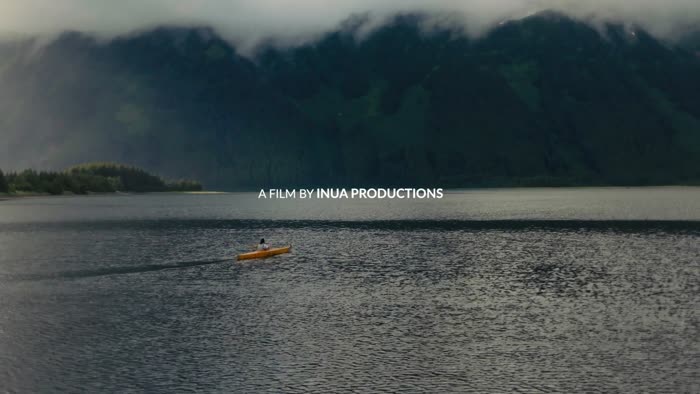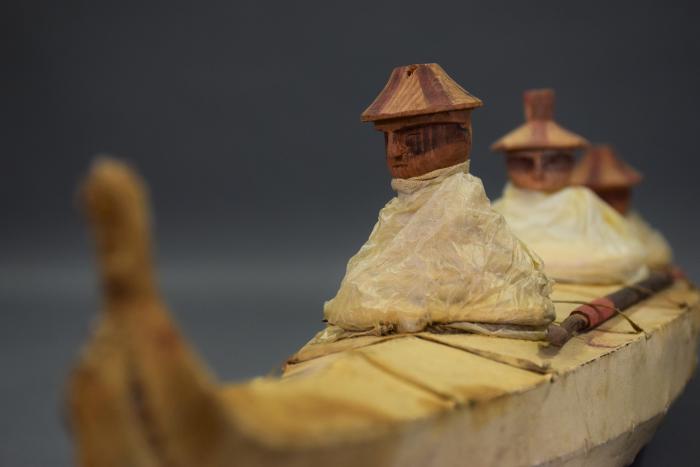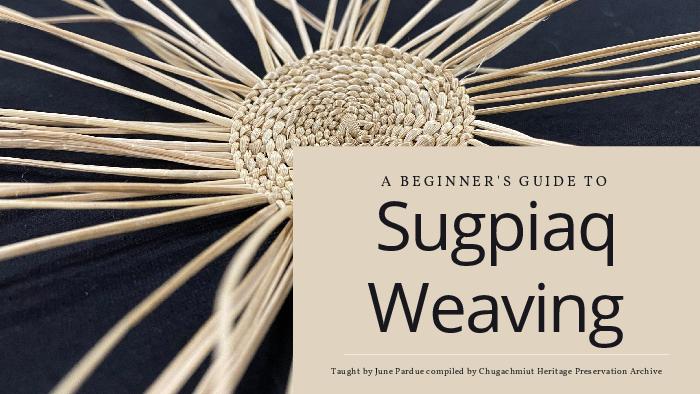Chugachmiut Heritage
Library & Archive
Library & Archive
Cama’i! LAXiishuh! The Chugachmiut Heritage Library & Archive serves the tribal communities of the Chugach Region by documenting and uplifting Sugpiaq and Eyak voices in the historical record. We strive to responsibly preserve and perpetuate Elders’ language, stories, and knowledge so that their voices may forever speak to future generations.
Featured Heritage Items
- Created by Johnny Moonin for the Chugachmiut Heritage Department, this miniature bird bola is modeled off a traditional tool to hunt and ensnare birds in the Chugach region.
- In the summer of 2022 master qayaq builder Joseph Tabios created a traditional Chugach style qayaq along with his son Kris Tabios and apprentice Jonathon Sawden. They began the build in Seward and completed it at Nuuciq Spirit Camp on Hinchinbrook Island in the Prince William Sound. The finished qayaq will be displayed at the Kenai Fjords National Park Service visitor center in Seward. This film documents their process of building a traditional Chugach qayaq.
- Written in the 1970's by Walter Meganack Sr., translated by Derenty Tabios, and illustrated by Marvin Norman, this Sugt'stun story tells the tale of an unbeatable hero that faces a tragic end.
- Model qayaq that was collected from Chenega by explorer Jacobsen in the 1880's and brought to the Berlin Ethnological Museum where it is currently housed.
- In June of 2022 a group of Sugpiaq women gathered in Cordova to revitalize the dormant tradition of making Kanarlluk (bear intestine raincoats). This film documents the process that was led by master artist June Simeonoff-Pardue from Old Harbor. She taught Sugpiaq artists Diane Selanoff from Port Graham, Joyce Kompkoff-Peterson from Chenega, Brooke Mallory from Cordova, and Dawn Randazzo who's family is from Tatitlek how to continue this honored tradition.
- This document compiles the Sugpiaq weaving lessons master artist June Pardue shared with a group of Chugach regional elders during the September 2022 weaving retreat held in Anchorage. It is a how-to guide that teaches the basis of Sugpiaq style weaving. *This should only be used as an educational resource, and should not be used as a way to appropriate the honored Sugpiaq tradition of weaving.*





